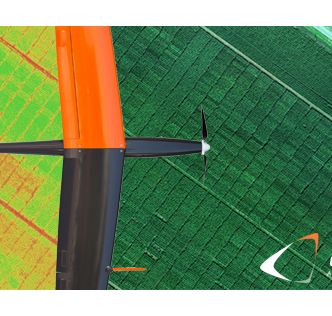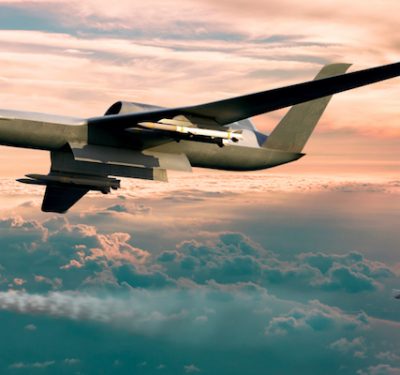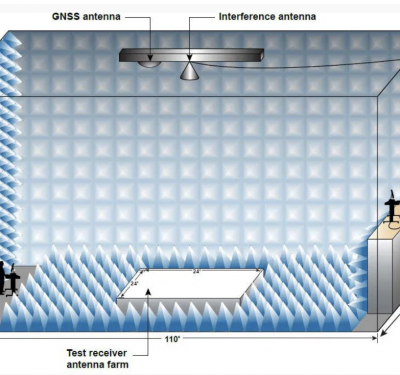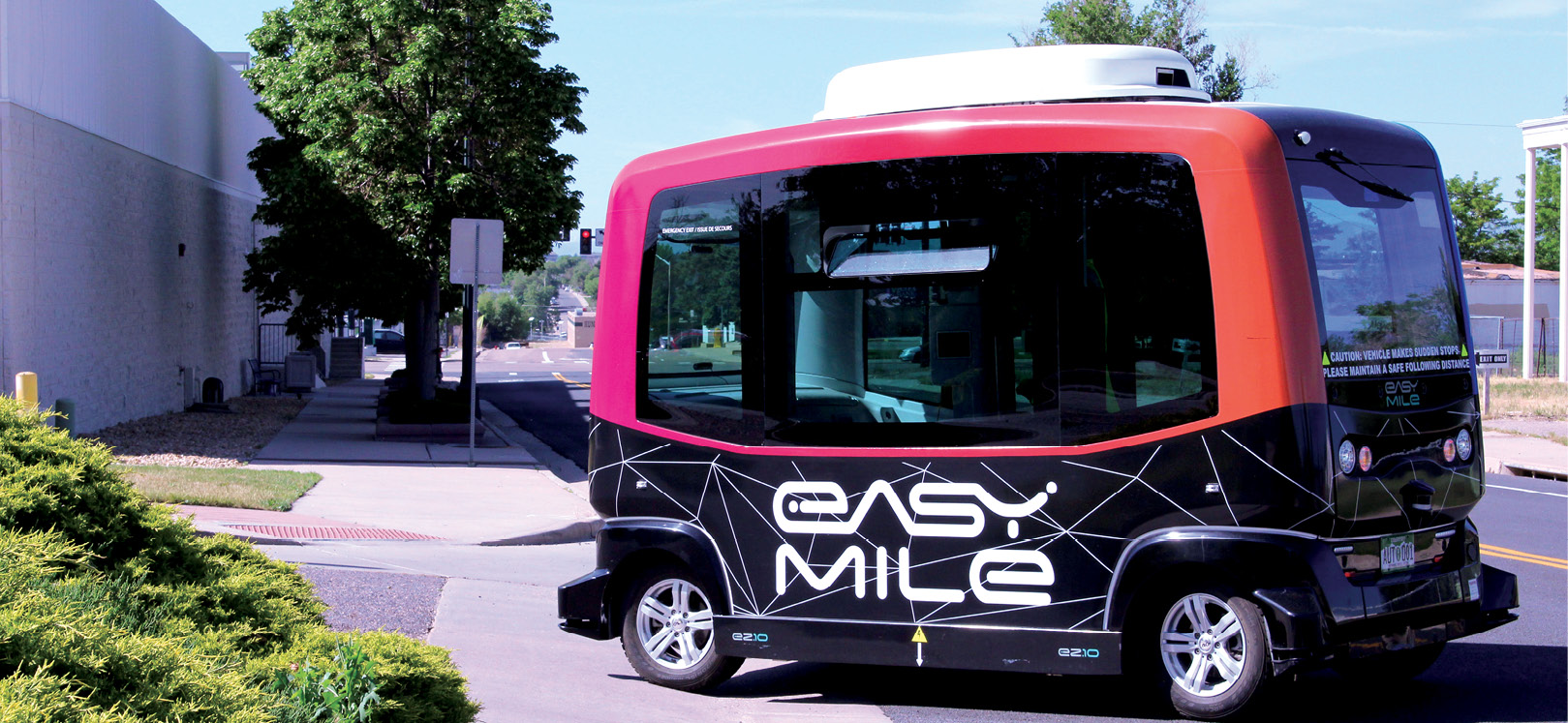
EasyMile’s self-driving vehicle delivered 30 boxes of food every morning in Westminster, Colorado
As residents lost their jobs at the start of the pandemic, Growing Home, a food pantry in Westminster, Colorado, suddenly saw a surge in demand for basic food supplies. Without a truck to move huge pallets of food from a distribution center, the nonprofit came up with an out-of-the-box solution: a driverless van.
An EasyMile self-driving vehicle delivered 30 boxes of food every morning from a recreation center about a mile away to Growing Home, which was feeding nearly 100 families a day. “It just opened our eyes to the possibility that technology could be really beneficial and could create more efficiency,” said Karen Fox Elwell, the nonprofit’s president and CEO.
AT THE START
As the need for food by the unemployed, the homeless, or people quarantining or living in food deserts has increased during COVID-19, autonomous ground vehicles and drones are starting to transport basic food supplies in communities around the world.
Several Asian countries and Australia, for example, have used drones to deliver food to people stranded in natural disasters, especially after tropical storms.
Last year, drones carried food and medicine to residents in a flooded region in Malaysia and brought meals to people cut off by flood water in Australia. And after a volcano erupted in the Canary Islands in October, life-saving drones were used to drop food and water to dogs that were left behind in walled-in yards.
Using drones to deliver food to the needy, however, is still relatively rare, especially in the U.S., where operators continue to face regulatory and operational obstacles. And because most drones cannot carry heavy cargo, it has been difficult to use UAV to help large numbers of people lacking food.
One study of the use of robots during the first two years of the pandemic found 16 instances that involved food delivery across the globe, according to research conducted at Texas A&M University and sponsored by the National Science Foundation. Twelve of those food deliveries were conducted by ground vehicles and four by UAVs. And while the ground vehicles cited in the study included driverless cars, many of them were smaller sidewalk-level robots that delivered food from trucks to the doorsteps of residents’ homes.
“The whole topic of food is much more complex than what it looks like from the outside,” said Romeo Durscher, vice president of public safety at Auterion, which produces an open operating platform for drones. “You need bigger drones that potentially have bigger areas to cover, and potentially you have to fly over people and beyond the visual line of sight, and that of course creates other problems that have to be solved on the regulatory level.”
That said, efforts to date offer lessons for leveraging unmanned systems to serve those in need, whether homeless, hungry or isolated. And the landscape may be about to change, as large-capacity carriers are on the horizon.
GUIDING THE HOMELESS
At the onset of the pandemic, in the spring of 2020, drones were deployed to help two encampments of homeless people access food in Chula Vista, a city south of San Diego.
The Chula Vista Police Department, a pioneer in the use of UAV, used three DJI Mavic drones equipped with loudspeakers to survey two areas bordered by dense vegetation and locate the homeless people living there. Rather than delivering food directly, the drones broadcast messages directing the homeless to field centers, where they received boxed meals, hygiene kits with masks and a health screening.
About 25 people who responded walked to the field centers. “We knew going in that there were limited numbers of homeless living in these areas, but we wanted to ensure that we were making every attempt to reach this vulnerable part of our community,” said Chula Vista Police Captain Eric Thunberg.
Last year, that police department became the first law enforcement agency in the country to receive approval from the FAA to use drones to respond to 911 calls anywhere in the city it serves.
The drones that flew over the homeless encampments were donated by DJI, in a program to provide UAV to law enforcement agencies in the United States to help them mitigate the pandemic. After receiving several hundred requests, DJI gave the drones to 40 agencies in early 2020, said Durscher, the former senior director of public safety integration at DJI, who led the project.
The Chula Vista Police Department was the only one that used them to help the homeless access food. Durscher said the technology has not yet reached the scale needed to make food delivery to the homeless practical.
“It definitely is something that is on the radar, but additional regularly environments have to be made available and the technology has to evolve more to make it scalable,” Durscher said.
OASES IN FOOD DESERTS
In the Navajo Nation, the largest Indian reservation within the U.S., 11 grocery stores serve a population of about 180,000 people. To reach one of these stores, residents may have to travel for up to 2 hours.
Water is also a scarce commodity in the 27,000-square mile reservation, which lies at the intersection of Arizona, New Mexico and Utah. Up to 7% of residents lack access to running water and must haul large containers of drinking water to their homes, said Myron Lizer, vice president of the Navajo Nation.
In January, two drone companies ran a “Mission Healing Eagle Feather,” a demonstration to show the nation’s leaders how UAVs could potentially bring fresh food and water, along with medical supplies, to the far corners of the reservation.
During the simulation, a small MGV100 drone from MissionGO, an unmanned aircraft company based in Baltimore, flew three test flights, themed to food, medical supplies, and emergency supplies such as water and batteries. The drone circled around the reservation’s capital in Window Rock, Arizona, carrying an assortment of fresh produce including carrots, zucchini, bananas, apples, and a locally prepared meal that included a sandwich. The maximum payload was 14 pounds.
Scott Plank, CEO of MissionGO, said his company joined the demonstration at the request of Mark Atlan, the CEO of ZappCare, a Native American-owned innovations and technology company that was planning to deliver medical supplies in the simulation. After talking with Navajo leaders, Plank learned the reservation not only needed medical supplies but also fresh food.
“A healthy lifestyle should not just be limited, frankly, to medicine and drugs,” Plank said. “It can also be around healthy food—fresh local vegetables, fresh local food and traditional food—rather than what we often see.”
Many of the grocery stores located on the reservation are convenience stores that offer limited selection of fresh produce. And rising gas prices have recently made it even more expensive for people to travel to border towns and shop at big box stores, Lizer said.
Yet having current drones deliver water and groceries to residents on the reservation would be difficult, given needs far beyond the limited cargo most can carry. Residents, Lizer said, often will truck 1,000 gallons of water in containers weighing 2,000 pounds. “You’d have to get a larger drone to deliver more,” he said.
FIVE TONS OVER TIME
One solution to getting significant amounts of food to those in need involves repeated deliveries. In Detroit, a low-speed autonomous shuttle upfitted for food delivery will eventually bring 10,000 pounds of fresh food to more than 20 senior citizens, some of whom have limited access to food because of health or transportation issues.
The Ford Motor Company has been using a driverless van to deliver groceries to the mobility-challenged elderly, and this past December, the company launched a 6-month pilot project to provide fresh food to a senior living center. Through a complementary program, these participants had been receiving a mix of dry and canned goods, plus fresh produce including milk and cheese. They’ll now receive another delivery each month containing additional fresh produce and milk.
The shuttle is operated by Ford’s future tech autonomous vehicle team and Quantum Signal AI, a wholly owned Ford subsidiary. A safety driver is inside the shuttle at all times and a remote operations team monitoring the vehicle can intervene if needed.
Ford Fund and the Gleaners Community Food Bank have distributed 2.4 million pounds of food through the delivery program and Ford Resource and Engagement Centers. “We’re constantly thinking about how to expand our reach in communities for those who don’t have access to the most basic goods, like groceries or warm meals,” said Joe Provenzano, mobility director of the Ford Motor Company Fund, the automaker’s philanthropic arm, which is collaborating on the project.
In Columbus, Ohio, another self-driving shuttle operated by EasyMile delivered pre-packaged food boxes for 9 months from a food pantry to a community center in a neighborhood where demand for food supplies had skyrocketed during the pandemic. The EasyMile LEAP shuttle, which had a trained operator on board, was repurposed to deliver food after passenger service on the vehicle was put on hold because of a braking accident.
Seeing ground robots carrying food in their neighborhoods also has changed the perception of people who were initially skeptical of them, said Robin Murphy, the Raytheon Professor of Computer Science and Engineering at Texas A&M.
“Families were saying, ‘Wow, this was a dumb idea, and then the lockdown happened and this was the only way to get fresh milk,” Murphy recounted. “This appears to be an inflection point for regular consumers,” she added, as they saw how delivery robots were “impacting their lives and whether this was actually viable for them.”

The Ford Motor Company doubled remote food delivery to mobility-challenged seniors in Detroit.
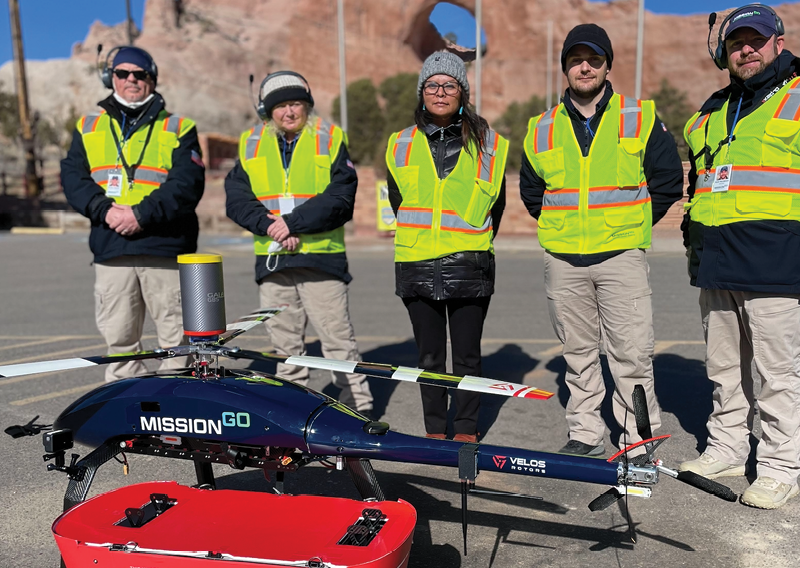
Demonstration flights for the Navajo Nation’s “food desert” included fresh produce and a sandwich.
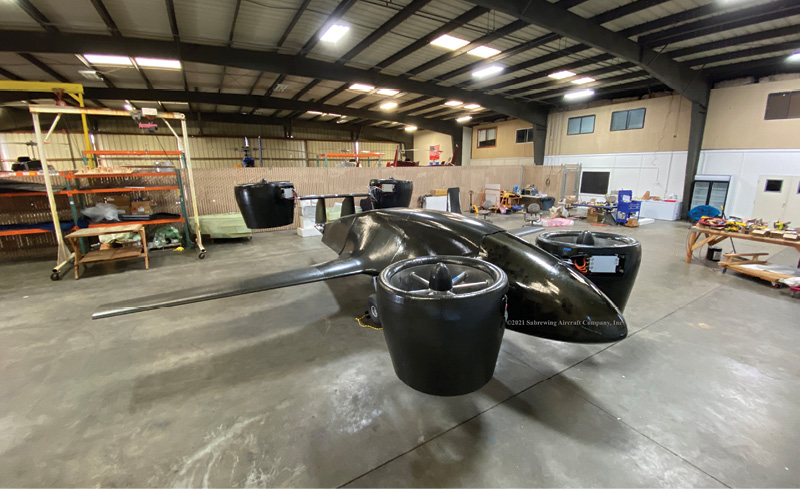
Sabrewing Aircraft Company’s Rhaegal RG-1A has a 30-foot wingspan and can carry up to 3,000 pounds of cargo. The aircraft is a half-size version of the company’s bigger drone, the Rhaegal RG-1B.
FACING OBSTACLES TO DELIVERY
While EasyMile has used its driverless vans to transport food in both Columbus and Westminster, Colorado, Lauren Isaac, the company’s managing director in the U.S., said its self-driving vehicles were designed for passenger service and not food delivery. The company has no immediate plans to launch other projects focused on food delivery.
“The reality is these shuttles were not intended for this purpose,” Isaac explained. “It’s more that we were able to leverage the vehicles to support these communities at a time of need. If anything, I think it demonstrates their flexibility and their ability to have great benefits for the community.”
The potential for UAVs to deliver food to people in need is limited by current FAA regulations. “Delivering food and cargo at this time is extremely inefficient and rare because of the constraints that we all live under, which is fine,” MisionGo CEO Plank said. “You can fly an unmanned aircraft anywhere in the United States you want, as long as it’s not over people and you can see it. And that means basically nowhere.”
Joel Ifill, CEO of Los Angeles-based DASH-Systems, started his company to focus on humanitarian delivery using precision airdrops of cargo from Alaska to Africa. While he has tested drones, his company decided that relying on manned aircraft was more economical to deliver supplies to areas lacking food, medicine and other supplies.
Deploying drones for these missions would require wireless infrastructure to be available for communications, which could be time-consuming and costly, Ifill said. Even if those requirements are met, their potential use is limited until drones can carry heavier payloads and travel hundreds of miles per trip.
“If I’m going to give 1,000 pounds to a town that needs food, that’s an impractical number of trips,” Ifill said, adding that the drone his company owns can only carry 20 pounds.
HEAVY LIFTING
Yet UAS heavy lifters may be rising to meet this need. One example is Sabrewing Aircraft Company’s massive twin-turbine Rhaegal, with its 55-foot wingspan and 48-foot length. The craft can carry a payload of up to 5,400 pounds over a distance of 1,000 nautical miles with a cruise speed of 200 knots.
When it becomes operational next year, the Rhaegal, which is still awaiting FAA certification, will carry out its first assignment, delivering food, water and medicine to a remote area in Africa, said Ed De Reyes, the company’s chairman and CEO. Designed and built in Hayward, California, the UAV can land in areas inaccessible to manned aircraft.
“Our aircraft is capable of carrying a refrigerated container so we can carry perishable food on it to a very remote location that doesn’t have roads or airstrips, and actually leave it there, keeping the food cool until such time as they need it,” De Reyes said.
One advantage of using larger drones for humanitarian relief in the U.S. is that they will operate under a different FAA certification than is required for smaller UAV. This will allow them to fly over people and beyond visual line of sight, De Reyes said.
Once it receives its certification, De Reyes sees the Rhaegal deploying to disasters areas, such as hurricanes, to deliver food, water and medicine because it can take off and land in more than 100-mile-per-hour winds. “Manned aircraft cannot take off in that,” he said. “And you would never want to risk a human life trying to see if you could do it or not.”



